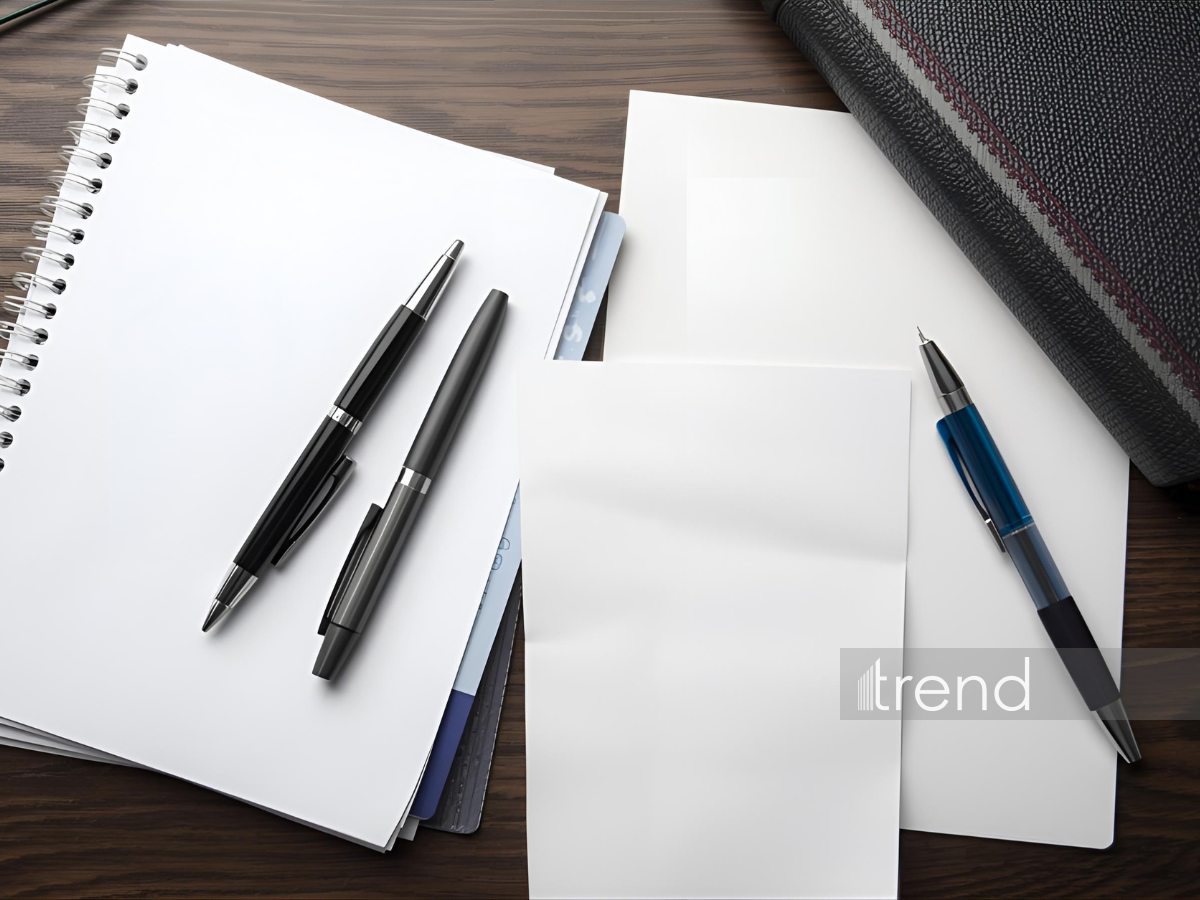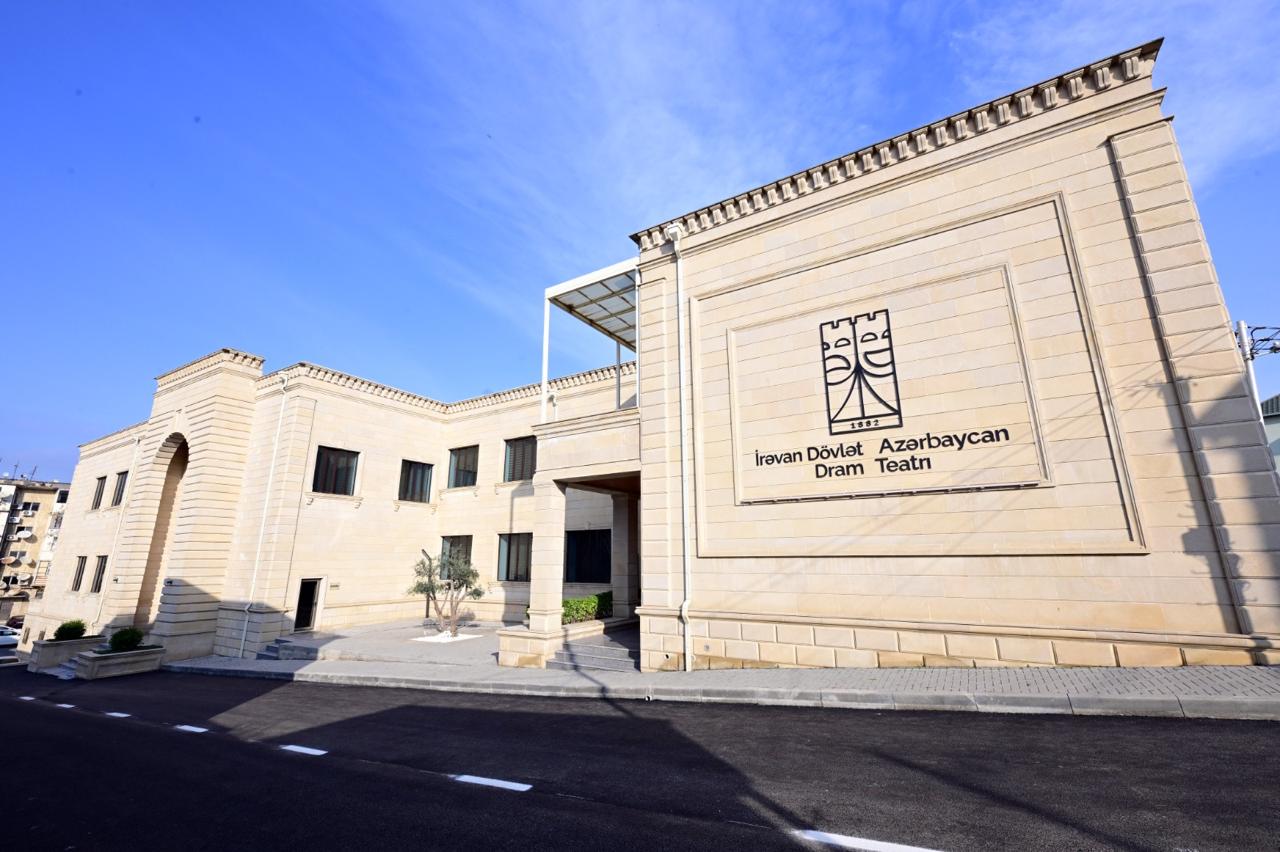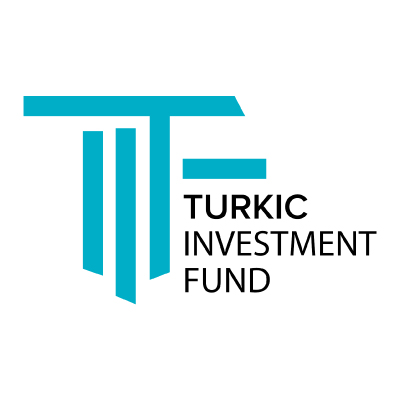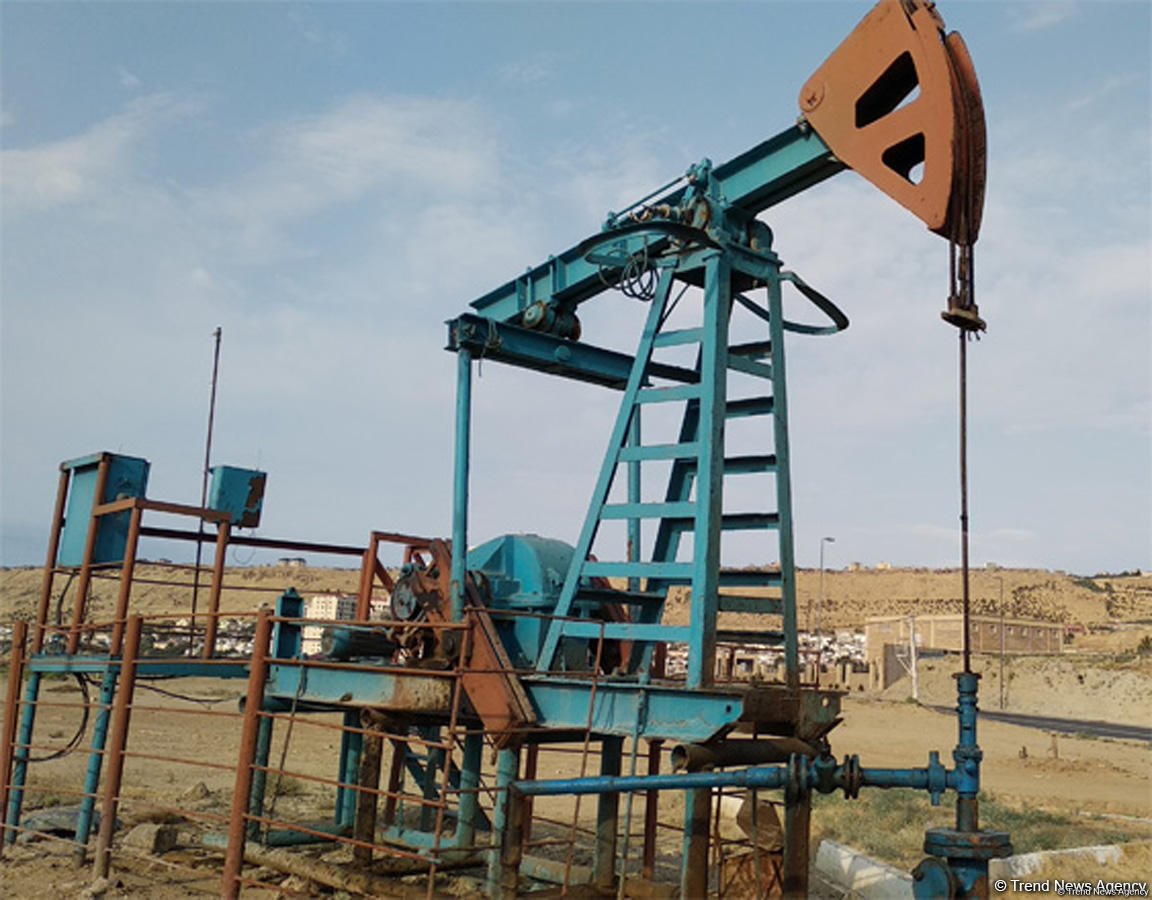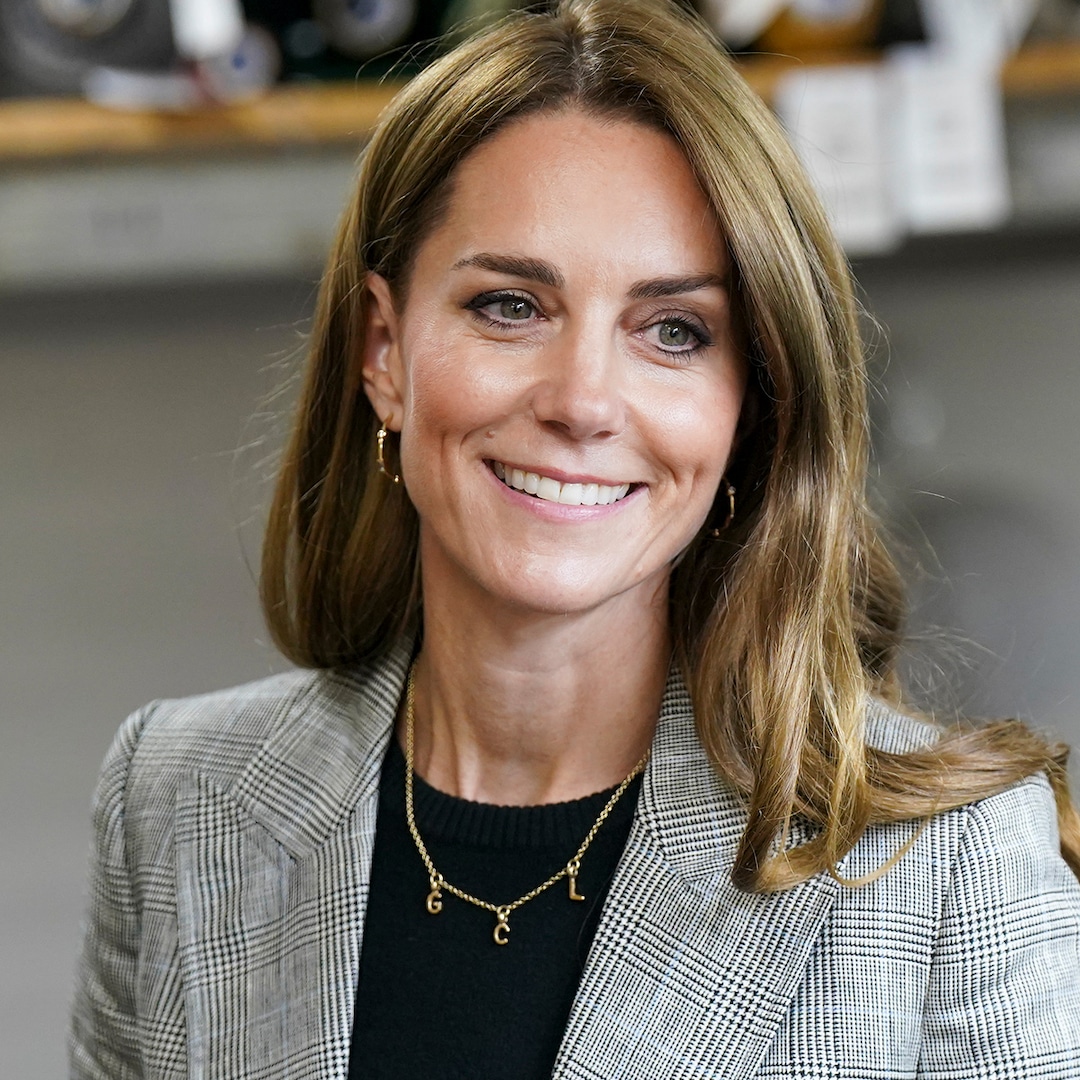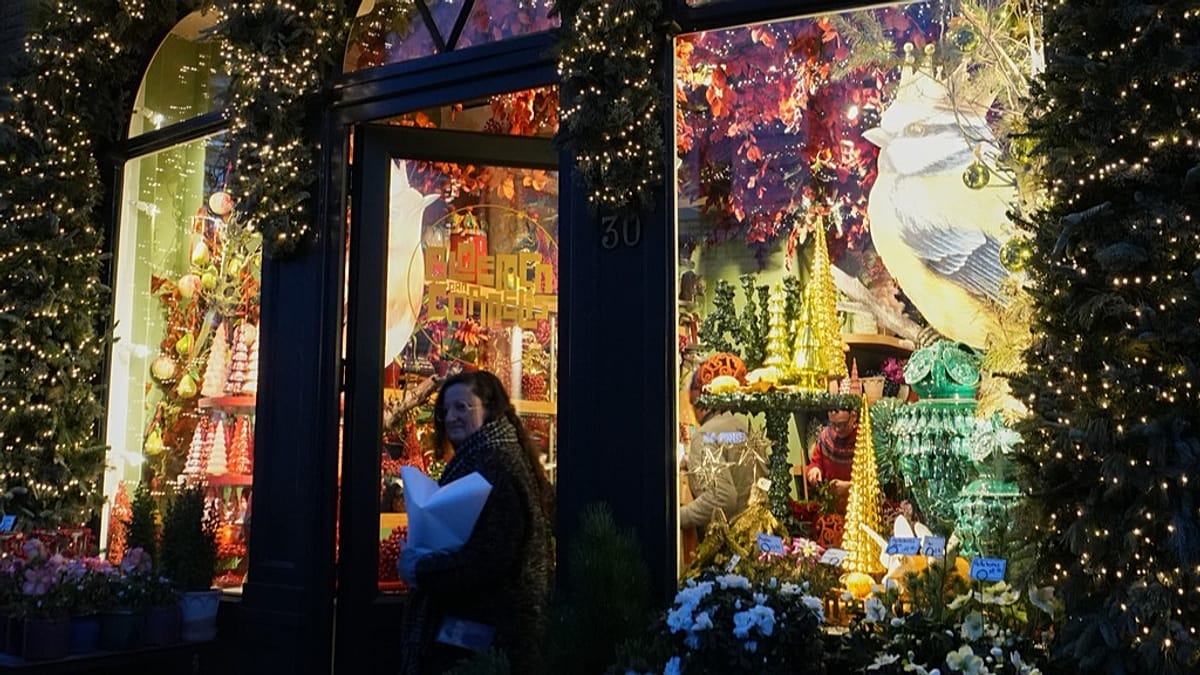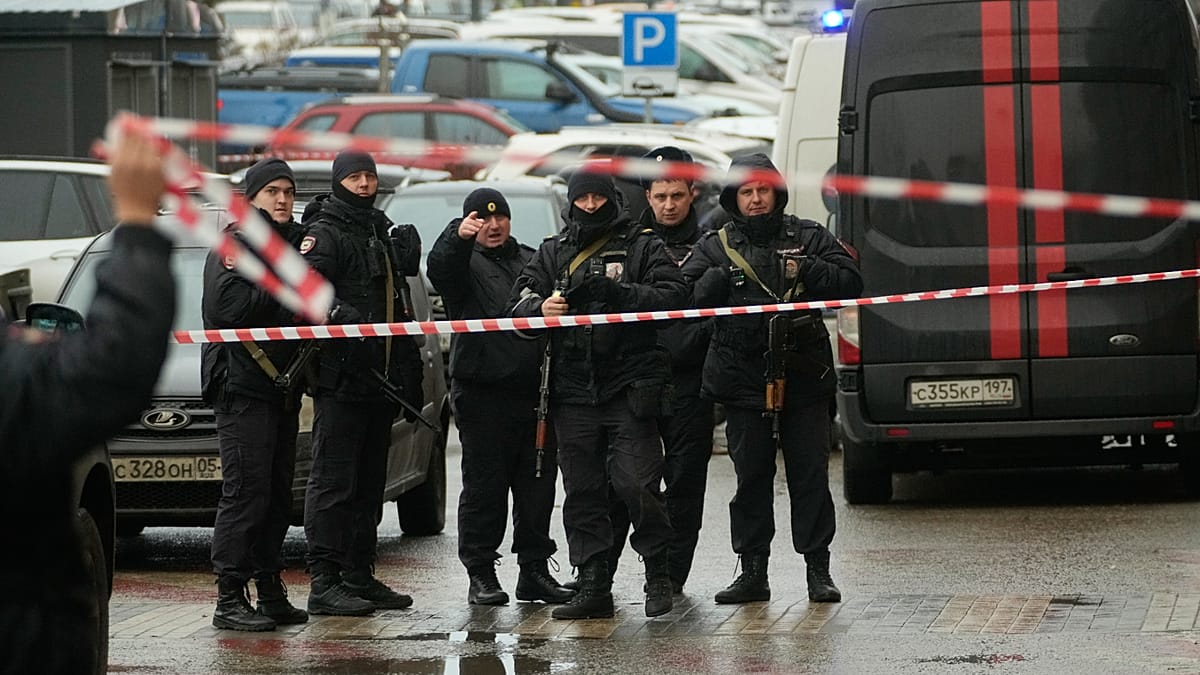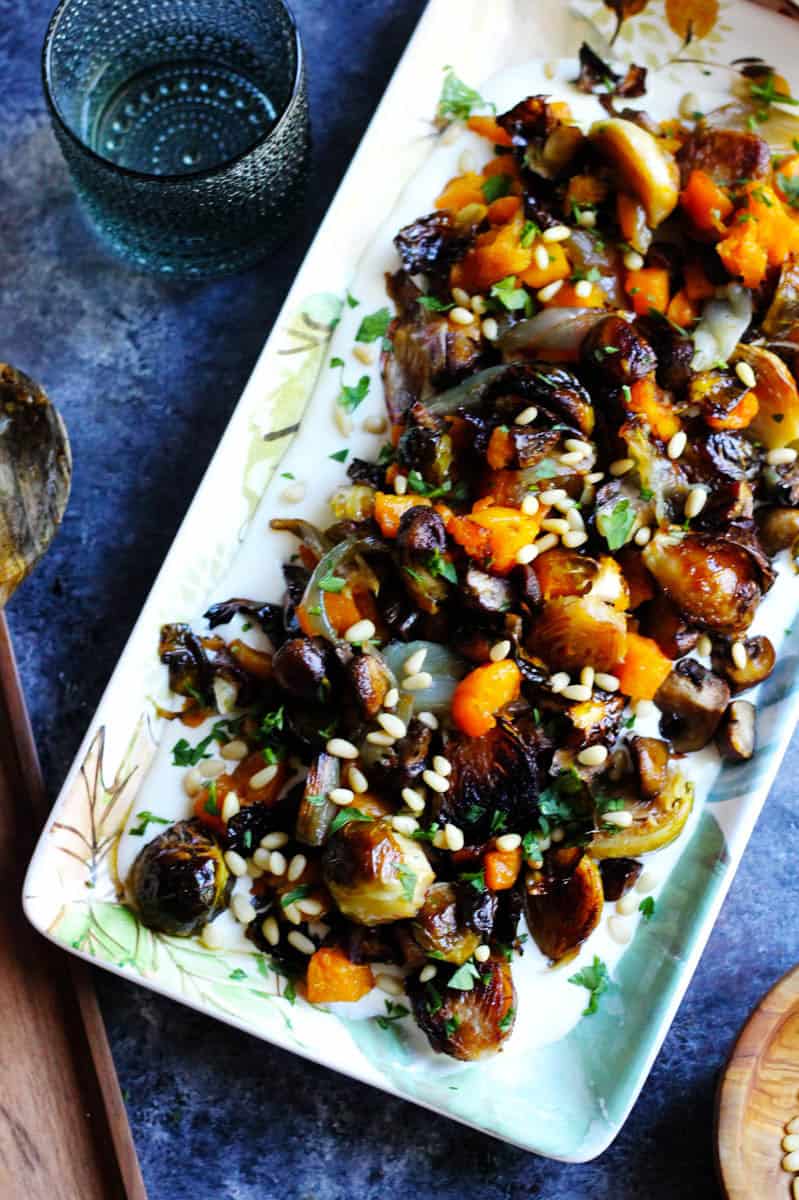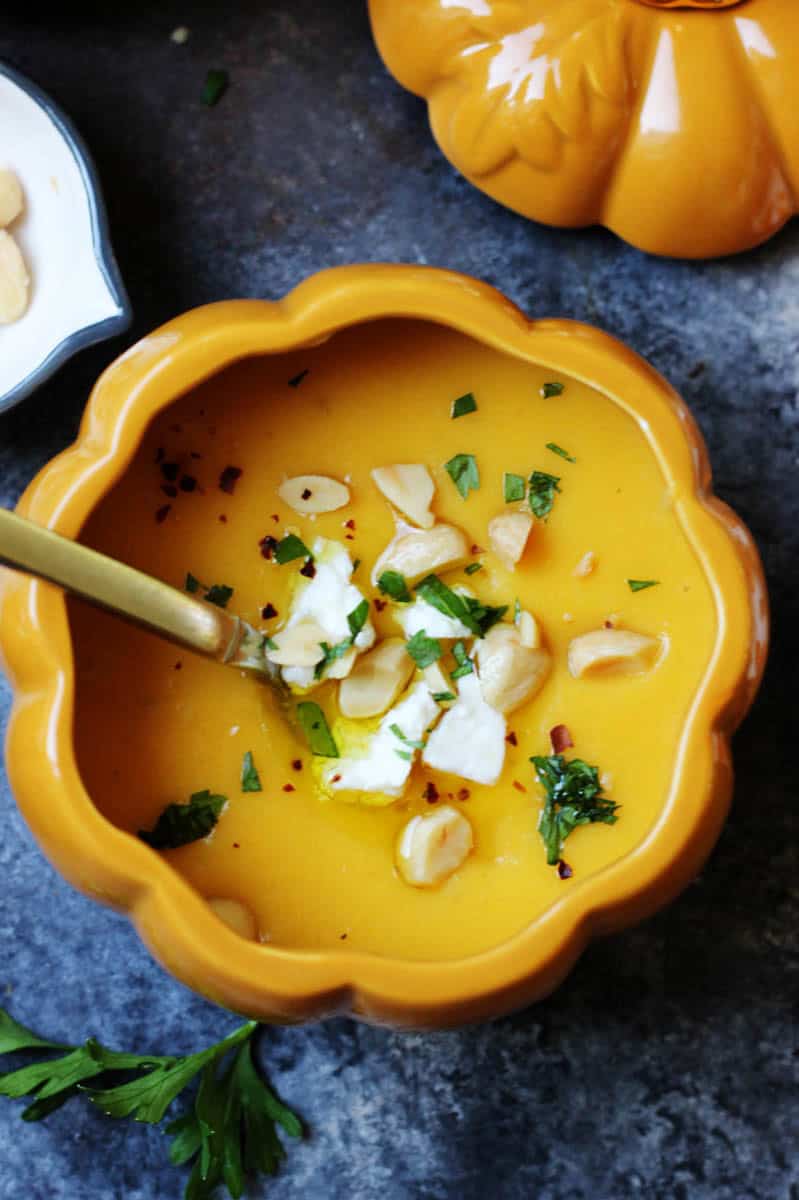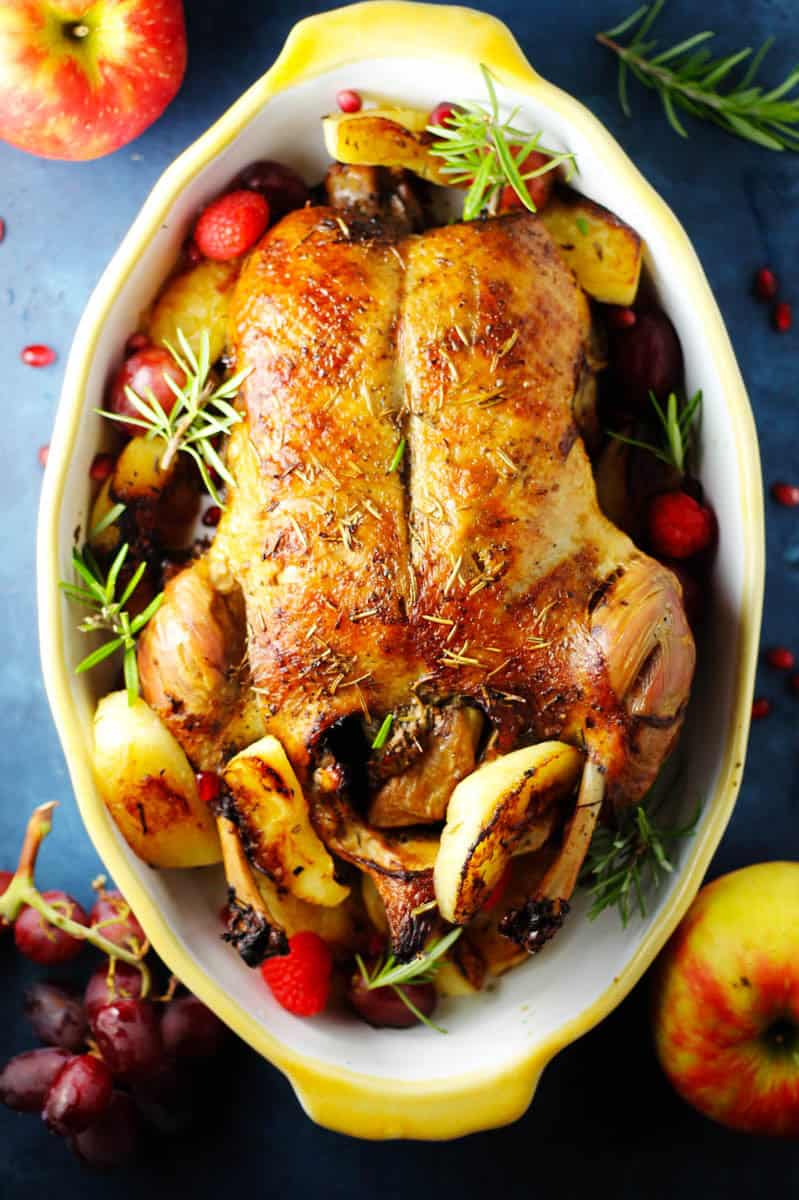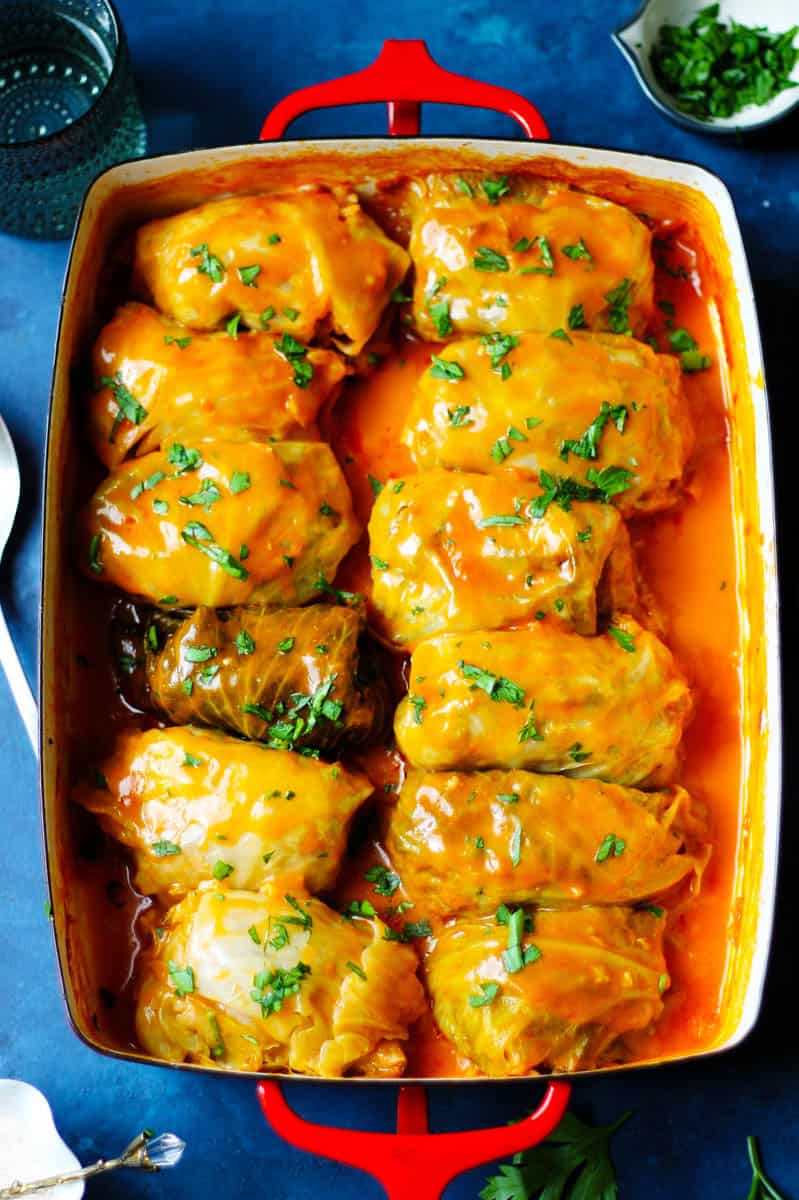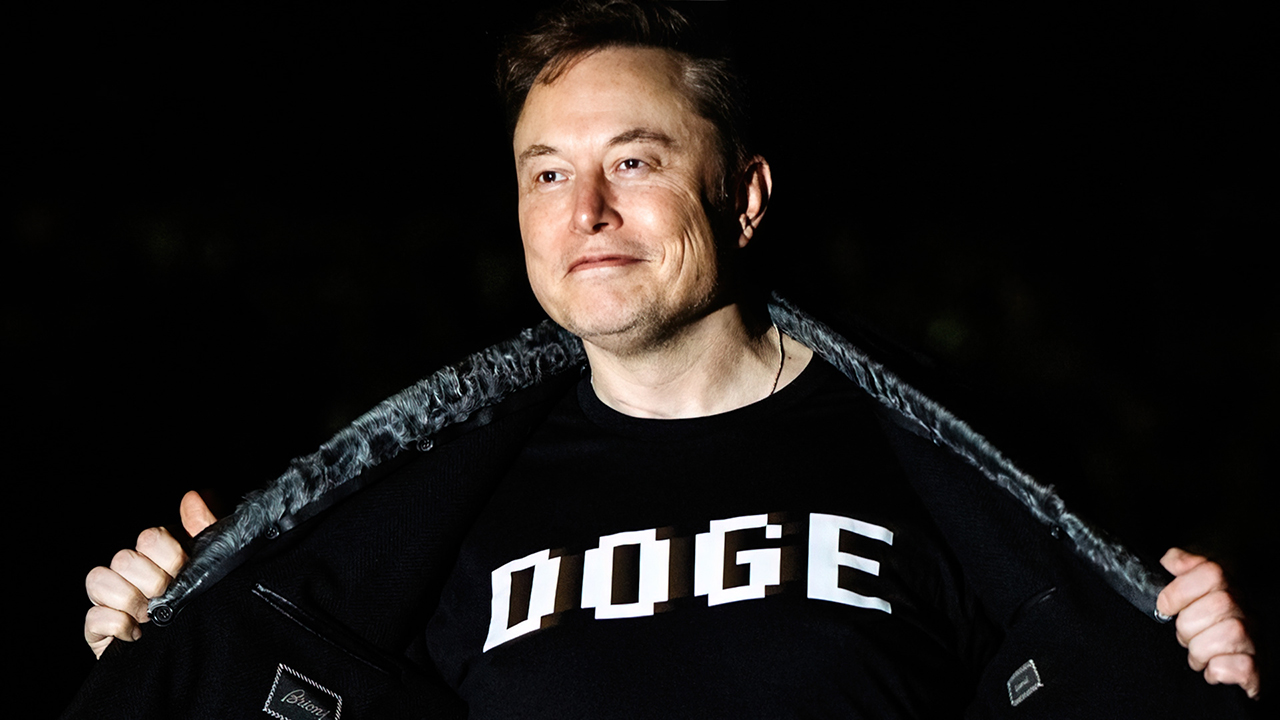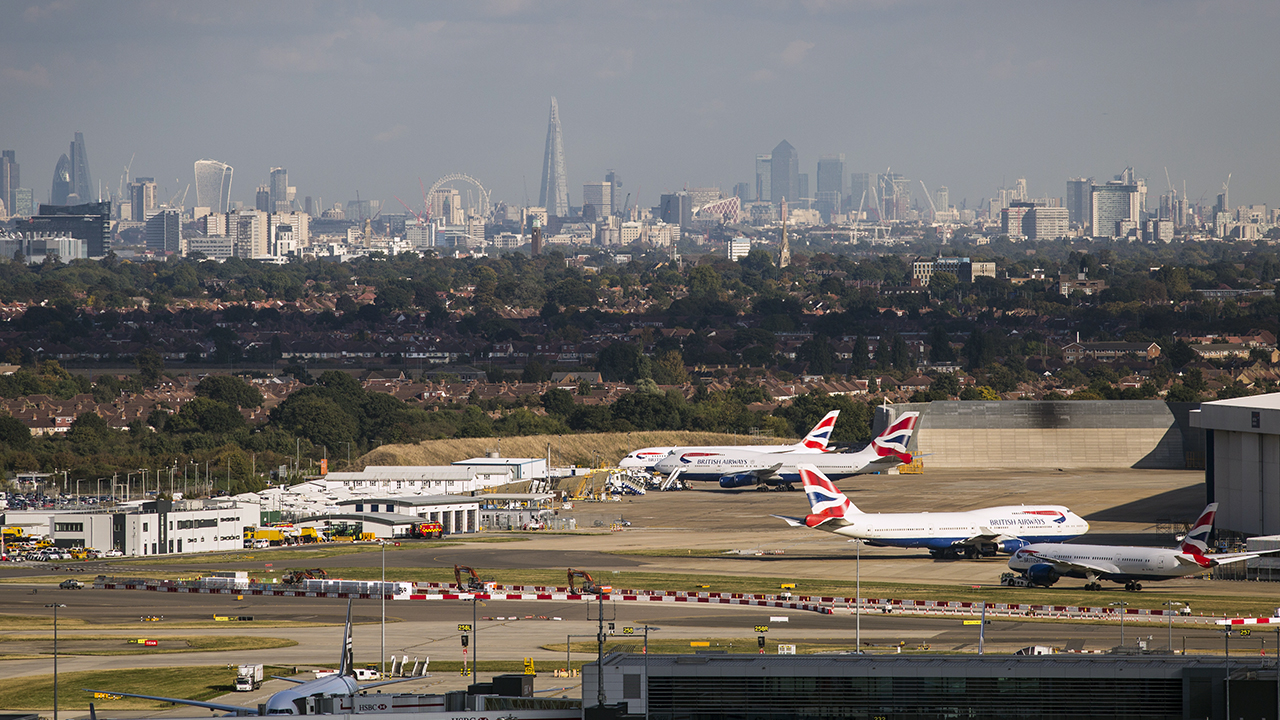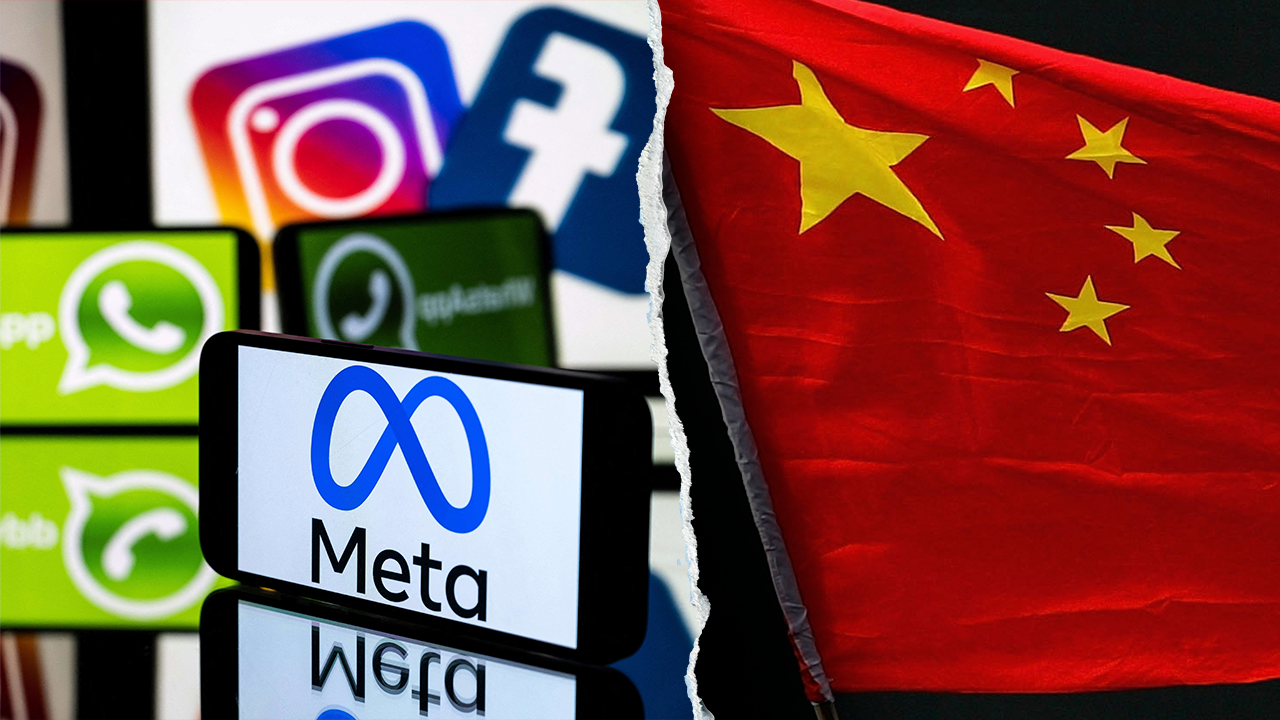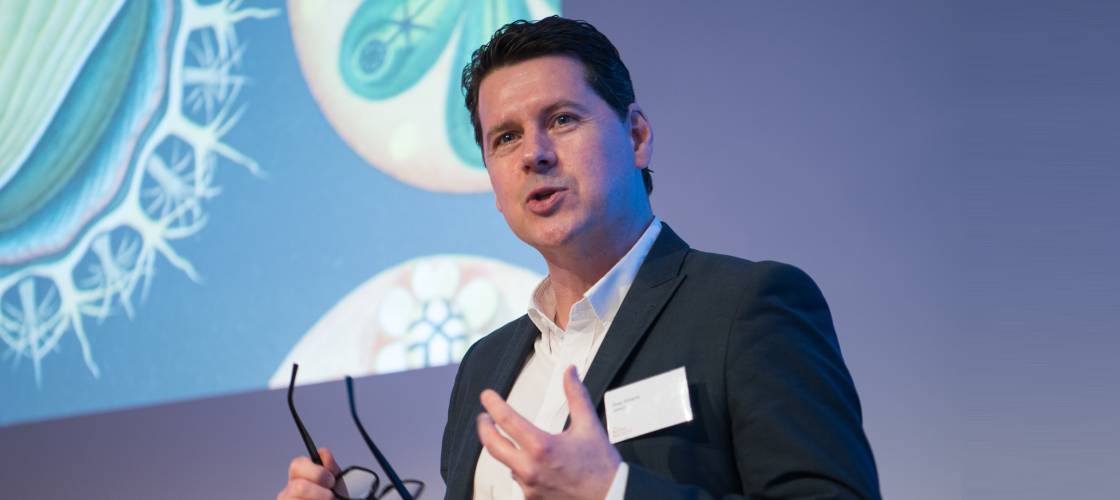Robots stay still, plants move – SAIA Agrobotics raises €10 million for its inverted greenhouse automation model

SAIA Agrobotics, a developer of robotics for greenhouse growing out of Ede, has completed a new €10 million Series A funding round to accelerate the commercial rollout of its automated greenhouse system, which aims to boost crop yields and reduce labour requirements across controlled-environment agriculture.
The round was led by Check24, in collaboration with the EIC Fund and existing investors Navus Ventures and Oost NL – bringing total funding to over €20 million.
SAIA was also one eight startups that presented its technology at the 2025 EU-Startups Summit as part of the cohort of EIC-backed startups, highlighting its role among Europe’s emerging AgTech innovators.
“At SAIA we recently completed the world’s first automated greenhouse, where plants go to the robot once a week for scanning and harvesting,” says Dr Ruud Barth, CEO and Founder of SAIA. “We aim for a 20% increase in yields with a 50% total greenhouse labour reduction. This is a huge step forward in providing a local, resilient and sustainable food supply.”
This new Series A funding round for SAIA comes at a time when investment into European AgTech and automation startups remains active.
In August 2025, Norway’s Saga Robotics secured €9.5 million to scale its autonomous farm-robot platform for greenhouse and soft-fruit operations in the UK and US. Meanwhile, UK-based Wild Bioscience raised €51 million in October 2025 to advance its AI-driven precision-breeding technology, reflecting growing confidence in high-impact AgTech solutions. Earlier in the year, CroBio from Cheshire obtained about €805k in grant funding to develop enhanced microbes for agriculture.
Collectively, these 2025 developments show sustained investor appetite for digital and robotic systems improving yields and sustainability. Within this landscape, SAIA’s approach to automated greenhouse growing stands out as a strong regional example of Dutch expertise driving efficiency and labour-saving innovation in controlled-environment agriculture.
Georg Heusgen, Director at Check24, says, ”The SAIA growing systems allows harvesting 52 weeks a year, guaranteeing therefore higher annual yields per square meter. The SAIA harvesting system applies what we all know from industry to the greenhouse sector. The product comes to the robot and not vi ce versa. There, under a standardised environment, robots can deleaf and harvest with an accuracy of over 99%, guaranteeing better product quality and the promised labor cost savings.“
Worldwide, the demand for healthy, fresh, and sustainably produced food will increase by between 30 to 50% in the coming decades – as per SAIA figures.
Dutch greenhouse horticulture technology is the market forerunner in the optimal production of, for example, tomatoes, cucumbers, and peppers. The global demand for these high-tech greenhouses will grow to 5000 hectares per year of newbuilt projects, according to the Rabobank.
Nevertheless, the company outlines that the prime bottleneck is the availability of labour and knowledge to keep these greenhouses operational. Labour costs are skyrocketing and the need for automation is now urgent.
Jaap Zijlstra, Director at Navus Ventures, adds, “SAIA Agrobotics has developed innovative concepts and technology in the field of plants, automation, and logistics, creating a new approach to greenhouse growing, with the potential to take a major step in efficient and sustainable food production.”
Founded in 2017, SAIA Agrobotics advocates a systemic change; their robot does not enter the greenhouse, but the plant comes to the robot instead. This way the robot has full visibility and access around the plant to enable fast harvests and plant maintenance, while allowing the plant to grow in an optimal environment for plants.
CEO Barth notes that earlier this year the first customer, Growers United, has deployed the first parts of the system at their facilities and is extensively using SAIA technology on-site.
Wout Morrenhof, investment manager at Oost NL, adds: “SAIA is a good example of a startup that has developed from Wageningen University & Research and has an innovative solution for a major social challenge. Digitisation and robotisation are needed to produce sufficient healthy and sustainable food now and in the future. SAIA has developed strongly over the past two years and is ready for the further commercialisation of their product.”
SAIA’s successful financing round follows a six year period of technological development, which has led to multiple international patents.
After an initial pre-Seed investment by impact and DeepTech investors SHIFT Invest, Innovation Industries, and Oost NL and thereafter a Seed round led by Navus Ventures and Oost NL, the new financing round brings the total funds raised to over €20 million, allows SAIA to enter the market as early as next year.
Svetoslava Georgieva, Chair of the EIC Fund Board, added: “The EIC Fund is happy to back SAIA’s potential to revolutionise sustainable food production through digitisation and automation, aligning with their strategies to support innovative agrotechnology. They aim to reduce total greenhouse labour by 50% while increasing yields by 20%.”
The post Robots stay still, plants move – SAIA Agrobotics raises €10 million for its inverted greenhouse automation model appeared first on EU-Startups.
